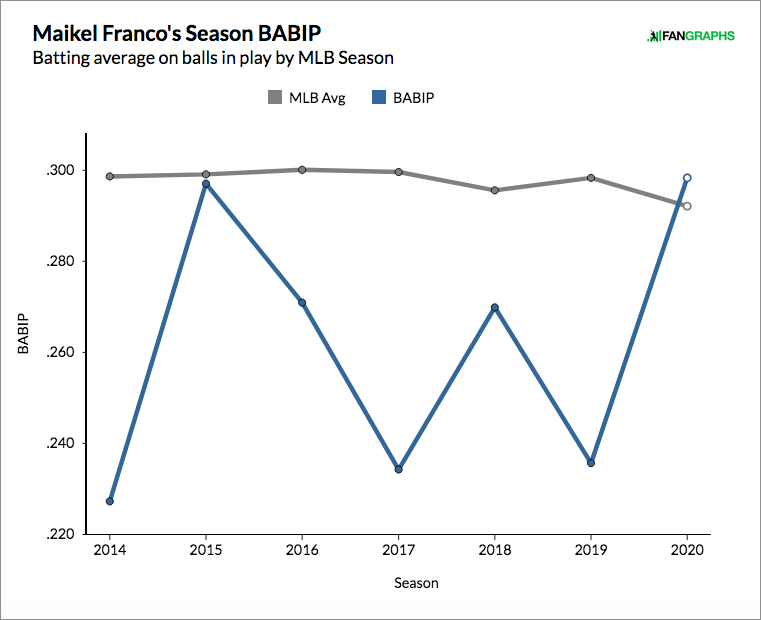Effectively Wild Episode 1675: Season Preview Series: Dodgers and Orioles

Ben Lindbergh and Meg Rowley banter about the completion of the season preview series and the Marlins renaming Marlins Park “loanDepot park,” do a draft of current corporate-sponsored MLB ballpark names from least to most objectionable, and then preview the 2021 Dodgers (24:20) with Pedro Moura of the The Athletic and the 2021 Orioles (1:09:03) with Joe Trezza of MLB.com.
Audio intro: Toto, "We Made It"
Audio interstitial 1: Kiwi Jr., "Dodger"
Audio interstitial 2: Matthew Sweet, "Baltimore"
Audio outro: Gene Clark, "Opening Day"
Link to Ben on the Dodgers
Link to Andy McCullough on the Dodgers as champs
Link to Pedro on Lux
Link to Pedro on Bellinger
Link to Pedro on Seager
Link to Pedro on Bauer
Link to Pedro and Dennis Lin on Dodgers-Padres
Link to Zach Kram on the Dodgers-Padres race
Link to Joe on Mancini
Link to Joe on Santander
Link to Joe on the Orioles’ new Dominican facility
Link to Ben on Jannis and the knuckleball
Link to Ben on the Brennameme
Link to Ben on the new baseball
![]() iTunes Feed (Please rate and review us!)
iTunes Feed (Please rate and review us!)
![]() Sponsor Us on Patreon
Sponsor Us on Patreon
![]() Facebook Group
Facebook Group
![]() Effectively Wild Wiki
Effectively Wild Wiki
![]() Twitter Account
Twitter Account
![]() Get Our Merch!
Get Our Merch!
![]() Email Us: podcast@fangraphs.com
Email Us: podcast@fangraphs.com
Podcast (effectively-wild): Play in new window | Download
Subscribe: RSS

